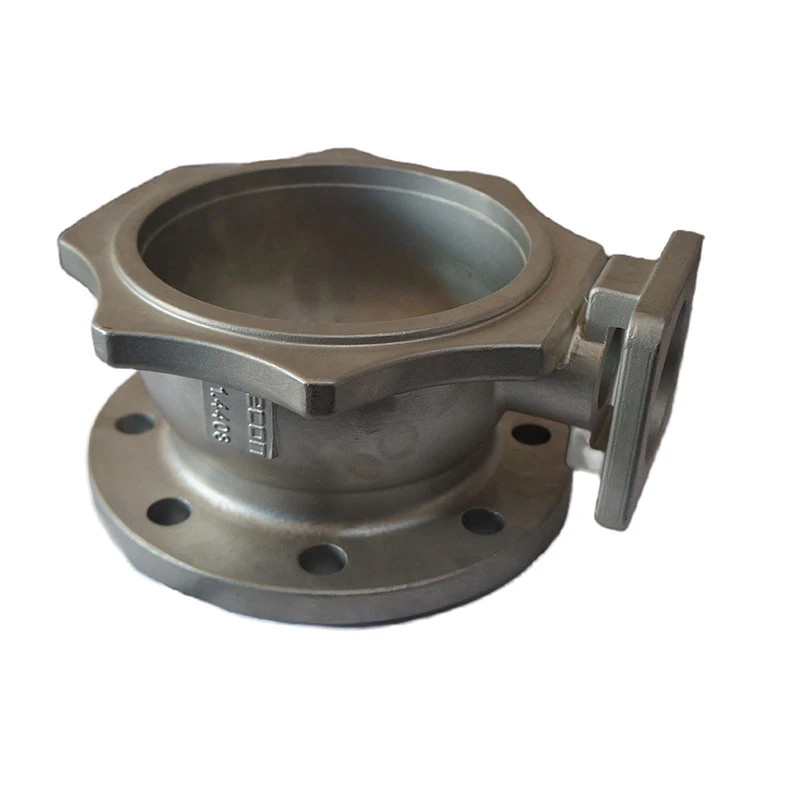sand castings
The Art and Science of Sand Castings
Sand casting is a popular and versatile manufacturing process that has been utilized for centuries to create metal components. It involves the use of sand as a mold material to shape molten metal into the desired forms. This method is not only effective but also economical, making it a favored choice among various industries including automotive, aerospace, and heavy machinery.
The Process of Sand Casting
The sand casting process begins with creating a mold. The first step involves making a pattern which is a replica of the object that is to be cast. The pattern can be made from various materials such as wood, metal, or plastic. Once the pattern is prepared, it is placed in a box or flask, and sand is packed around it to create a mold. This sand is often mixed with a binder to help it hold its shape. After the sand is compacted around the pattern, the mold is carefully removed, taking care to keep its shape intact.
Next, the mold halves are assembled, and the pattern is removed, leaving a cavity that matches the shape of the object to be cast. Vents are usually included to allow gases to escape when the molten metal is poured into the mold. The metal, often aluminum, iron, or steel, is then heated until it reaches a molten state and poured into the mold. Once the metal cools and solidifies, the mold is broken away, revealing the final cast object.
Advantages of Sand Casting
One of the primary advantages of sand casting is its ability to create complex shapes that would be difficult or impossible to achieve with other methods. The flexibility of sand molds allows for intricate designs and detailed features, which is particularly beneficial for custom parts. Additionally, sand casting can accommodate large components, making it suitable for heavy machinery parts or sculptures.
Sand casting also demonstrates a relatively low cost of production compared to other casting methods. The materials used, primarily sand, are inexpensive and readily available. Furthermore, the sand can often be recycled and reused, further reducing costs and environmental impact.
sand castings

Applications of Sand Casting
Sand casting is widely used in various sectors. In the automotive industry, it is employed to produce engine blocks, transmission housings, and other critical components. The aerospace sector also benefits from sand casting for its ability to produce lightweight yet strong components like brackets and housings. Additionally, sand casting is utilized for artistic purposes, allowing sculptors to create detailed metal sculptures.
Challenges and Innovations
Despite its benefits, sand casting does face some challenges. One of the main issues is the surface finish of the cast part, which may require additional machining processes to achieve the desired smoothness and precision. Furthermore, defects such as porosity, sand inclusions, and dimensional inaccuracies can occur during the casting process, necessitating careful control and monitoring.
Innovations in sand casting technology are addressing some of these challenges. Advances in 3D printing technology have made it possible to create highly detailed patterns that improve the accuracy of the mold. Additionally, new materials and binders are being developed to enhance the strength and durability of the sand molds, resulting in better surface finishes and reduced post-processing requirements.
Conclusion
In conclusion, sand casting remains a vital and innovative manufacturing process that balances traditional techniques with modern advancements. Its versatility, cost-effectiveness, and ability to produce complex shapes make it an essential method for industries ranging from automotive to aerospace. As technology continues to evolve, so too will the processes involved in sand casting, ensuring its relevance and application in the years to come. Whether for mass production or custom designs, sand casting will undoubtedly continue to play a significant role in the field of metalworking.
-
Precision Casting Prototypes and Engineering Inc – Innovating Global Manufacturing SolutionsNewsNov.24,2025
-
Precision Casting Facility: Advanced Manufacturing for Global Industries | Hairun SourcingNewsNov.23,2025
-
Leading Precision Casting Corporation: Quality Metal Components for Global IndustryNewsNov.23,2025
-
Precision Cast Rods: Definition, Applications & Future Trends in ManufacturingNewsNov.22,2025
-
Precision Cast Iron Surface Plate: The Backbone of Industrial Accuracy and QualityNewsNov.21,2025
-
Precision Aluminum Investment Casting: High-Accuracy Manufacturing for Modern IndustriesNewsNov.20,2025















